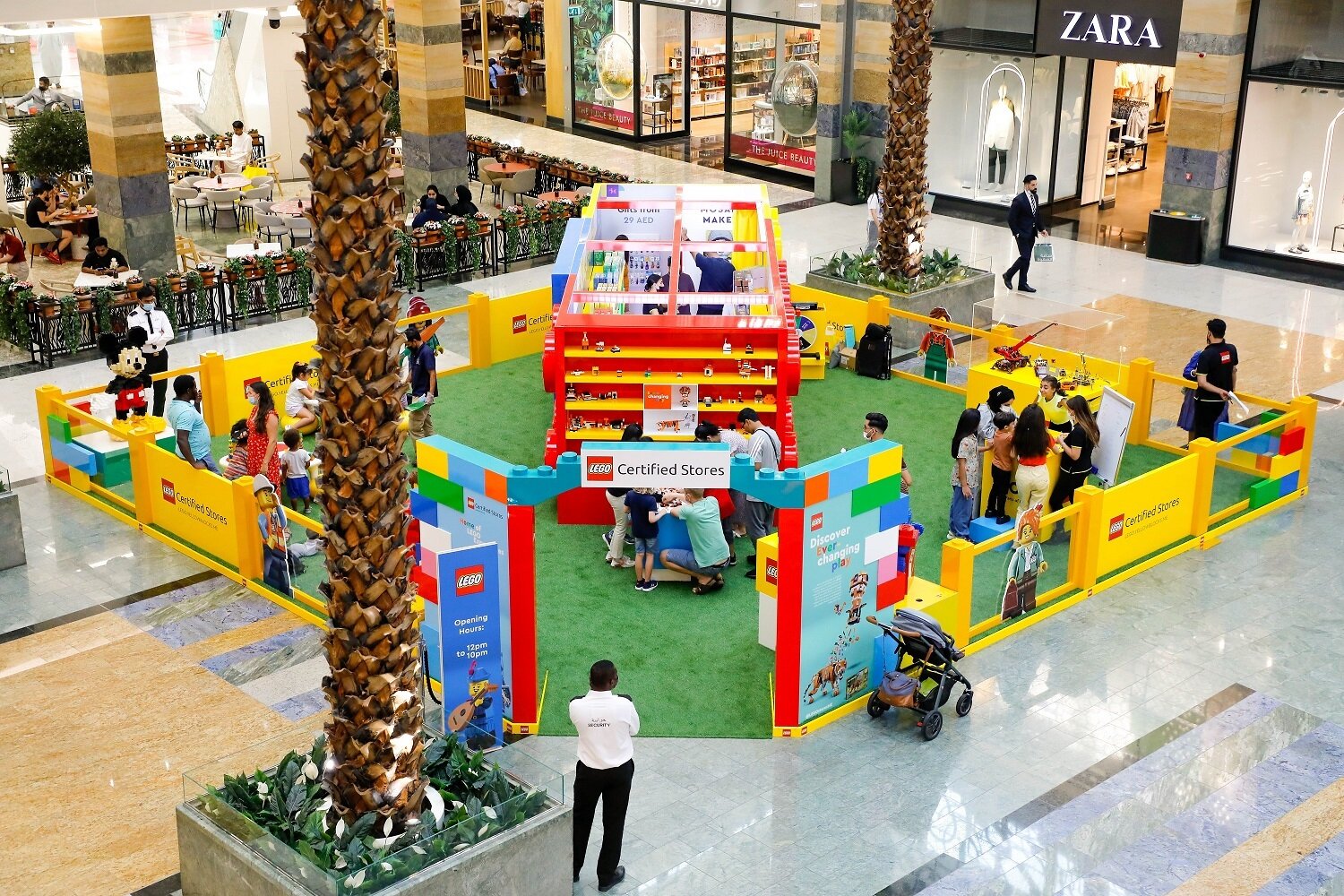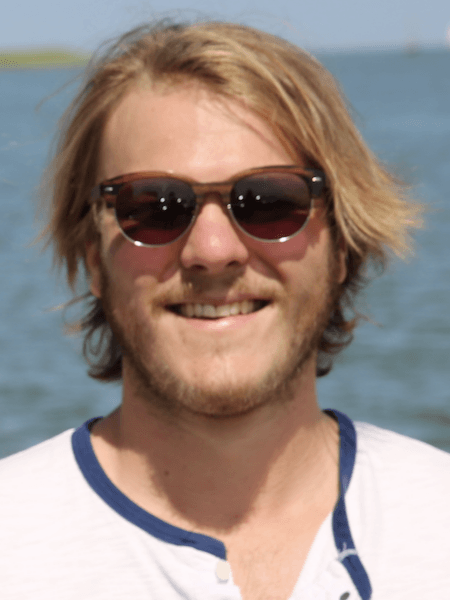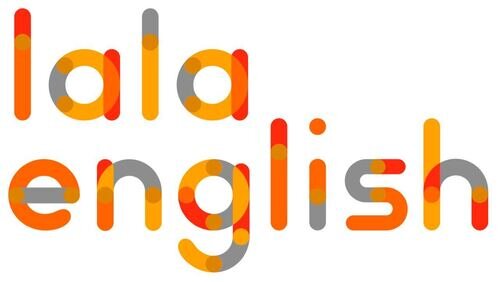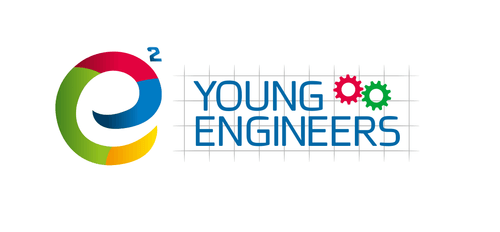LEGO's world of imagination
History of LEGO
If we want to learn about the history of LEGO, we have to go back to 1932, when a 40-year-old carpenter called, Ole Kirk Kristiansen, opened his first workshop in a Danish village called, Billund. Kristiansen would usually build ladders and chairs. However, the master craftsman also dabbled in the construction of wooden toys. His skill and love of toys became more and more meticulously detailed as the years progressed.
Ole Kirk’s business slogan translated into English as, "The best is good enough." He passed on this simple and effective work motto, as well as his love of wooden toys to his colleagues – in particular his son, Godtfred, who started helping out in the workshop at 12 years of age. Due to his business mantra, Ole Kirk soon received his first major toy order and realised that the company needed a name; something that sets it apart from the competition. He asked his staff to all suggest a company name, but ended up going with his own idea. From then, the company and its products took the name Lego. Lego derives from the abbreviation of two Danish words, "leg godt,” which means, “play well.” And just like that, Lego had arrived.
Family business
Fourteen years after opening the store, Ole Kirk Kristiansen then decided to go in a new direction. He started using a new material to make toys that had boomed post-war. That material was plastic. In 1946, he bought Denmark’s first plastic injection tool in and began producing various figures and fasteners - the forerunners of the popular Lego blocks of today. By the late 1940’s, the company was offering customers over 200 types of plastic and wooden toys.
In the early days, plastic toys were not overwhelmingly successful among retailers and customers. However, this changed completely when Kristiansen's son, Godtfred, was appointed vice-president of the company. Soon, plastic toys accounted for half of the company's output. Then in 1957, Godtfred was made the CEO of Lego. This came at a time where the company was navigating through its first major technological revolution. From then on, the company focused entirely on the production of toys.
Godtfred Kristiansen Jr. subsequently introduced Lego systems and new gaming platforms. Kits at that time already included figurines, ready-made toys and separate parts from which children could build their own imaginative worlds. This is when the iconic Lego cube as we know it today was born. A fundamentally simple and effective toy that has entertained and inspired millions of children around the world.
Lego has indeed come a long way; from a small Danish carpentry workshop, it became one of the largest toy manufacturers in the world, within just a few decades. After Godtfred’s departure from the company, other Kristiansen family members have taken over management of the company. The company which is now headed by Thomas Kristiansen, the fourth-generation owner of the Lego group. The firm to this day continues to operate as a family business.
No one can doubt Lego’s success, but this doesn't mean they’ve been void of tough times. Perhaps the most critical period was the beginning of the new millennium, when the accumulated losses of the previous years reached 144 million pounds. At the time, the idea of selling the company was floated. However, changes in management and especially in the production strategy restored balance withing the company, maintaining the Lego Group’s privately owned status as they continued to successfully expand the business even further.
Entertainment and education
Lego is headquartered in Billund, Denmark, where they employ approximately 120 designers to develop new products. The company also has offices in other areas of the globe. Key offices include: Enfield (USA), London (UK), Shanghai (China) and Singapore. Others based in Germany, Spain and Japan deal with specific projects for specific markets.
According to company representatives, it takes about 12 months to create a new product. The process consists of three stages. First stage is to examine their target market and identify current trends and demand. The next step is to design and create a virtual product using special software. The prototype is then created using stereolithography or 3D printing, which the team uses to test and evaluate the product. It is important to Lego, that only the most qualified professionals test the prototype – that is, children and their parents! If successful, the product is adapted into series production.
Whilst speaking about production, it’s worth mentioning that both the UK and the US now have their own versions of the TV show, Lego Masters. In the series, which first aired in 2017, teams compete to build the best Lego project. The series winner then gets to display their work at the Lego Museum in Billund, Denmark.
Legoland theme parks can be found across the world. The original, also located in Billund, Denmark, which first opened in 1968. A further 10 parks can now be found in Germany, Italy, UK, USA, Japan, Korea, Malaysia and Dubai. These parks are marketed to families with younger children. Legoland theme parks themselves are split up into different lands with scenes from around the world made up of Lego. The park is designed to be both educational and fun at the same time.
Numerous children’s education franchise networks have discovered the wider potential of Lego. These companies have integrated children's love of the legendary construction set with education, which are being used for a better understanding of mathematics, coding, engineering and logic. You can find Lego blocks being used in franchise networks such as Brick by Brick, Bricks4Kidz, Edukido, Stemchik and the Young Engineers.
 Lego as a learning tool / Franchise networks such as Bricks4Kidz, Brick by Brick, Edukido and the Young Engineers are using the blocks to teach mathematics, coding, engineering and logic.
Lego as a learning tool / Franchise networks such as Bricks4Kidz, Brick by Brick, Edukido and the Young Engineers are using the blocks to teach mathematics, coding, engineering and logic. read articles
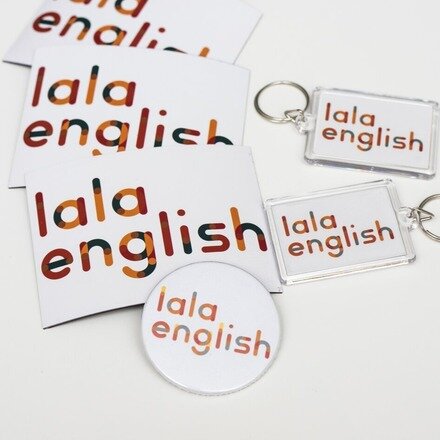 Invest in education
/2025-05-30
Invest in education
/2025-05-30
Discover Lala English — a growing educational franchise with a proven model, structured support, and defined financial conditions for new partners.
Discover how Fibonacci Kids Romania offers a proven, scalable educational franchise with clear financial terms and comprehensive operational support.
The initial investment required to open a SmartyKids franchise ranges from €3,500 to €10,000, depending on the location and the specific setup - says Galina Karsheva, Smartykin Marketing Manager.
SmartyKids empowers children through interactive, brain-boosting educational programs while offering entrepreneurs a low-risk, high-impact franchise model.
MUST’er academy offers a structured franchise model in youth education. Entry from €10,000. Full support included before and after launch.
most read
 Doing it better with Intermarché
/2021-08-12
Doing it better with Intermarché
/2021-08-12
With more than 50 years in the business, Intermarché is a truly European retail superpower.
Before signing a franchise deal this fall, learn about the hidden costs beyond the initial fee—renovations, equipment, and royalty fees.
Enter the world of Turkish coffee with Gönül Kahvesi. Learn about investment details, support, and why this boutique concept stands out globally.
The Fornetti Group is working to become a leader in the franchise market of frozen bakery products not only in Hungary but also in Europe.
McDonald’s is the world’s most successful and recognisable fast-food restaurant. The secret to their success won’t be found in the sauce of any big mac.
